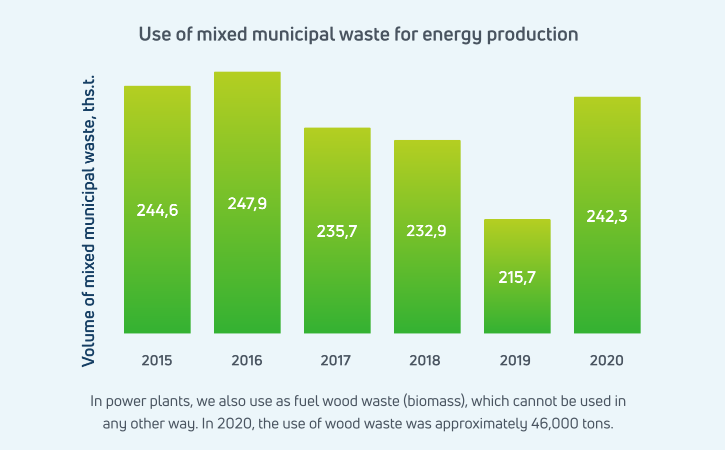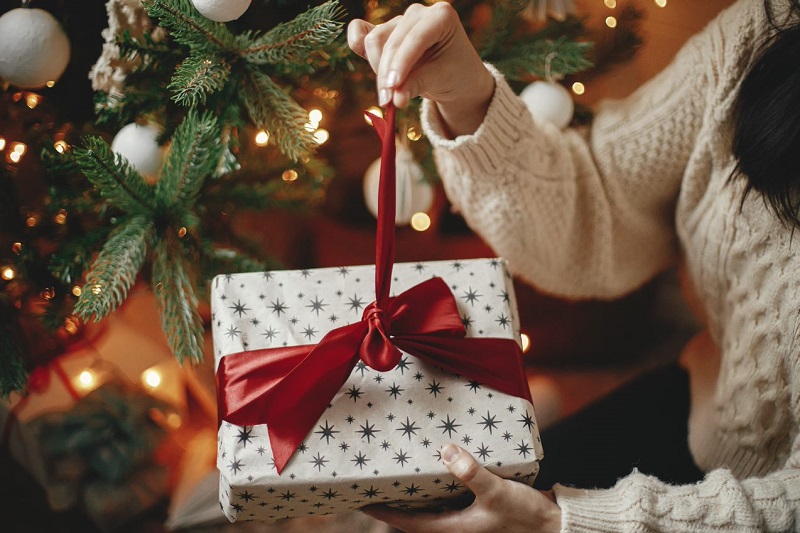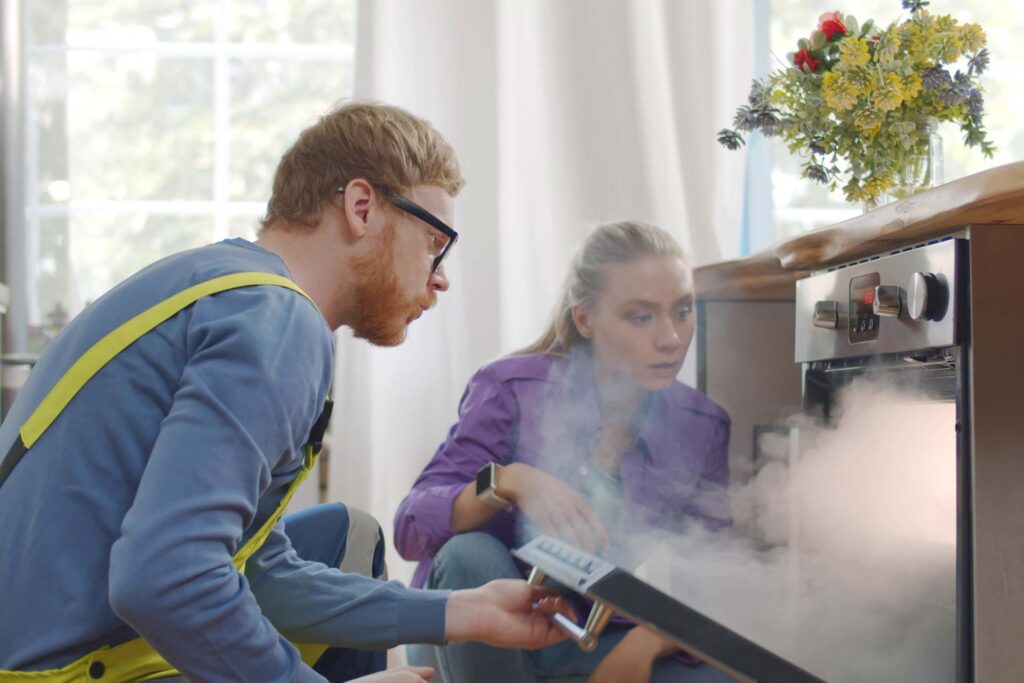Christmas is a time when there is again a reason to get together with family and loved ones to rest and enjoy each other’s company. Home decorating, gifts and feasts go hand-in-hand with the holidays, but unfortunately it comes with a lot of waste that is harmful to the environment.
Did you know that an average Estonian person produces nearly 395 kg of household waste per year? This means that more than 500,000 tons of household waste accumulates per year for all residents in total. To reduce this number, we have to change our consumption habits. We have outlined some simple but effective tips that you can use to spend these holidays in a greener manner.
Shopping bags
Whether it’s for transporting gifts, goods or something else, shopping bags are inevitably used more during Christmas. However, you don’t have to buy a new bag every time, but you can use a bag made of cloth or paper that can be reused.
When it is wet and snowy outside, a paper bag may not be as durable as a cloth bag. Still, it is biodegradable and can be used as compost, for example.
Gift packaging
We are used to seeing wrapping paper or gift bags on store shelves, covered with glitter, metallic layer or plastic decorations in accordance with Christmas. However, it should be remembered that such packages are generally not reusable.
A more environmentally friendly alternative is paper or cloth material that has been recycled or can be recycled. It is possible to approach creatively and even use newspapers as gift wrap.
Tip! If you are not sure whether the wrapping paper is recyclable or not, crumple it into a ball. If the paper stays round, it is recyclable.
Food consumption
The biggest amount of food in Estonia is wasted in households. Food loss is also inevitable during Christmas when consumption increases in any case. In order to make use of the purchased food, it is important to be prepared. Before going to the store, it is worth thinking about the number of people and the amount of food needed. This is also a good way to avoid impulse purchases.
Do not throw away ready-made food left over from the Christmas table, but distribute it among your guests. To be even more environmentally friendly, pack food in glass storage bowls or some kitchenware instead of plastic boxes for transport.
Christmas tree
It doesn’t matter whether you believe in real or artificial trees – there are ways to recycle both.
For example, a spruce growing in a pot can be replanted in your garden so that it can continue to grow after the holidays are over. Spruce brought from the forest can be mulched or used as wood chips.
NB! When looking for spruce in the forest, choose a tree that has no hope of growing up – on the edges of roads and ditches or under power lines.
In the case of an artificial tree, it is environmentally friendly if you use it year after year. After you stop using the tree, don’t throw it away but sell it or donate it. This is how a tree can bring joy for decades.
Christmas decorations
Instead of buying new decorations every year, consider donating or recycling old or broken ones. You can also try making your own decorations using natural materials such as fir branches, cones, wood, nuts and dried berries.
Another option is to use LED lights instead of decorations – they are more energy efficient than traditional incandescent bulbs and produce less heat, making them safer to use on the Christmas tree. Compared to incandescent bulbs, LEDs last almost 25x longer, so you don’t have to throw them away as often and there is less waste.
Contribute to the circular economy
While the current model in society has been “produce-consume-throw away”, more and more people have now begun to think about how to make consumption more sustainable. This is known as circular economy.
Enefit contributes to the circular economy by reusing household waste and waste wood generated in Estonia and neighbouring countries as fuel in power plants to produce heat and electricity.
For example, our waste incineration power plant in Iru is capable of producing heat and electricity from up to 250,000 tons of mixed municipal waste per year. The plant is largely the reason why large-scale landfilling of mixed municipal waste has ended in Estonia.

By being an informed consumer and handling waste correctly, you too have the opportunity to contribute to the circular economy and to the creation of a greener environment. Read more about waste recycling here.



